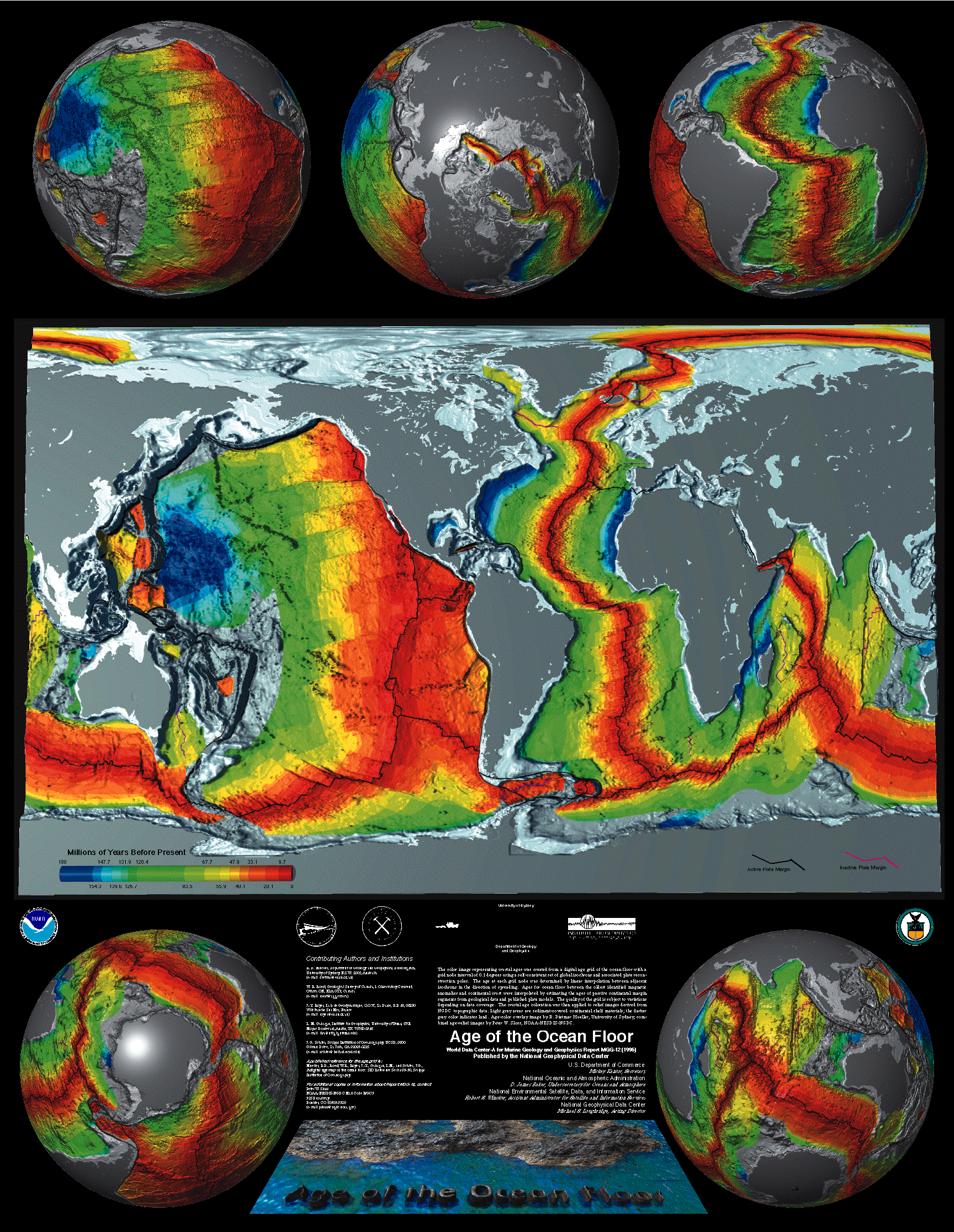There might just be one.EndLightEnd said:One convincing example is all I ask.
Astronomers use the Earth's surface as a baseline to measure the wobble (precessional rate of change, nutation) in the Earth's rotation. The points, used as references, outside the system (as far outside as possible) are things like quasars and any regular kinds of events out there in the cosmos; to have, to describe or measure, a fixed external frame (an inertial frame, in fact). It's about as inertial as you get these days.
It has to account for the few cm. of drift [annually] between various "fixed" points, on that surface. That's pretty convincing to me (and I sniff solder fumes occasionally).
Last edited:

